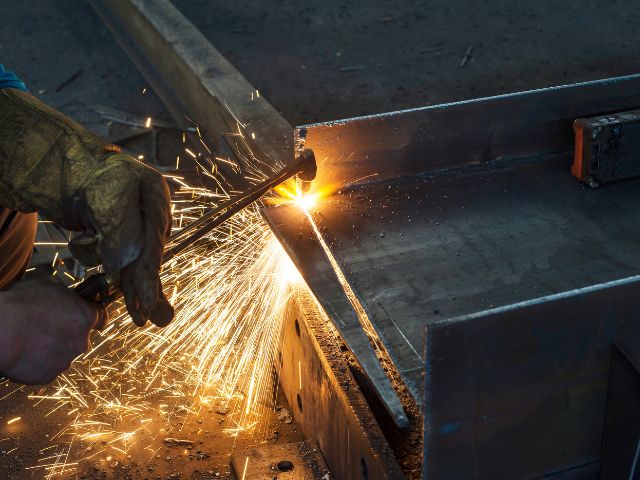
 Business
Business 
Undercutting is a term you will hear often in the world of welding. It can cause critical problems in the welding process that can lead to downtime and unnecessary costs.
Knowing what undercutting in welding is and how to fix it can help you avoid these costly issues in the future.
Undercutting refers to a groove or a cut created in the base metal under the weld bead. It is a common welding defect that usually leads to premature equipment failure. Undercutting can occur along the joints or on the edges of the weld bead. Incomplete welds or weak joints often leave areas exposed to a harsh environment, leading to corrosion and an overall reduction in the strength of the welded area.
Many factors can cause undercutting. One of the most common causes is welding with excessive heat input. This situation occurs when you don’t adequately control heat input. The metal can melt and flow away from the weld area, creating a groove. Incorrect feeding speed of the wire and torch angle can also contribute to the formation of undercutting.
Another reason can be improper electrode angles, where the electrode is held at a high angle, causing the arc and molten pool to dig into the base metal, resulting in undercutting.
The most effective way to fix an undercut is by grinding it away carefully to smooth out the edges. After smoothing, clean the surface by using a wire brush or sandpaper. Also, it’s essential to properly prep the surface before re-welding to ensure the new weld will adhere correctly.
Starting with a clean, smooth surface is essential. Use proper welding techniques, such as controlling the welding parameters to prevent further undercutting of the metal. A well-executed weld with the right heat input, wire feed speed, and electrode angle will help minimize the risk of undercut formation.
Preventing undercutting starts with proper preparation. Ensure that the surfaces of the metal joining are clean and free of any contaminants before welding. Secondly, use proper welding techniques, including using the right welding parameters, such as adjusting the amperage and voltage settings of the welding machine.
Controlling the wire feed speed and the electrode angle are also essential for preventing undercut. Finally, take steps to control the area around the welding operation. This step includes ensuring proper ventilation and keeping the area clean from fire hazards.
Undercutting is a prevalent problem in welding that can cause significant issues and downtime. Understanding its causes and taking steps to prevent it will help save time and money. Undercutting is just one of the welding defects that cost your company money, so stay on top of your welding process and take the necessary precautions. Following these tips and taking steps to prevent undercutting can help ensure your welds hold up in any environment or situation.
24World Media does not take any responsibility of the information you see on this page. The content this page contains is from independent third-party content provider. If you have any concerns regarding the content, please free to write us here: contact@24worldmedia.com